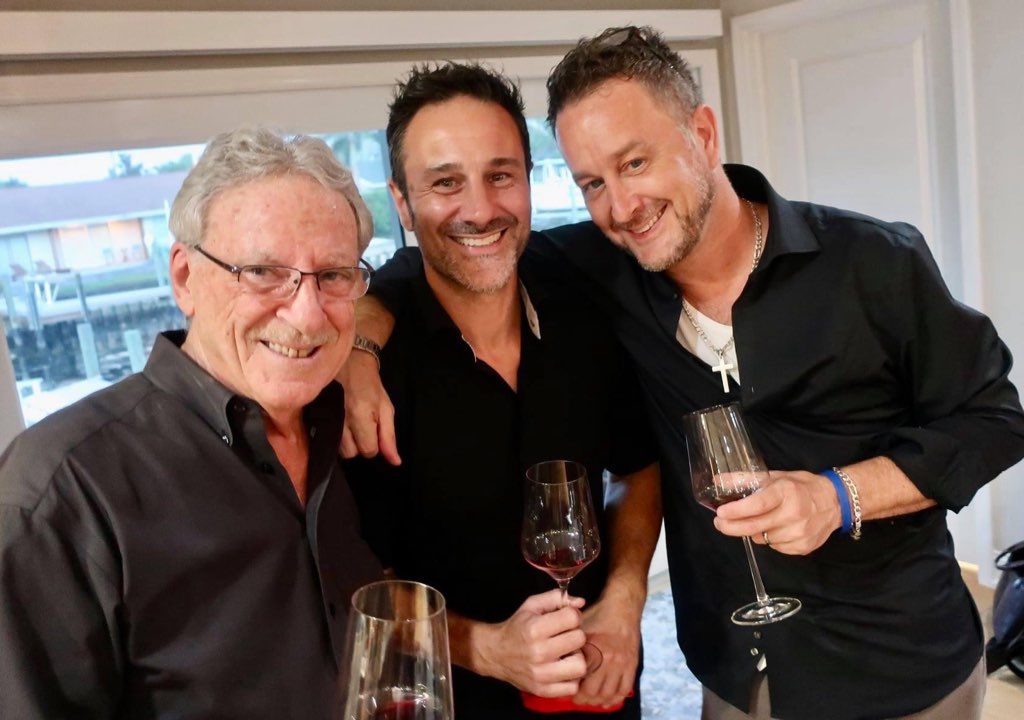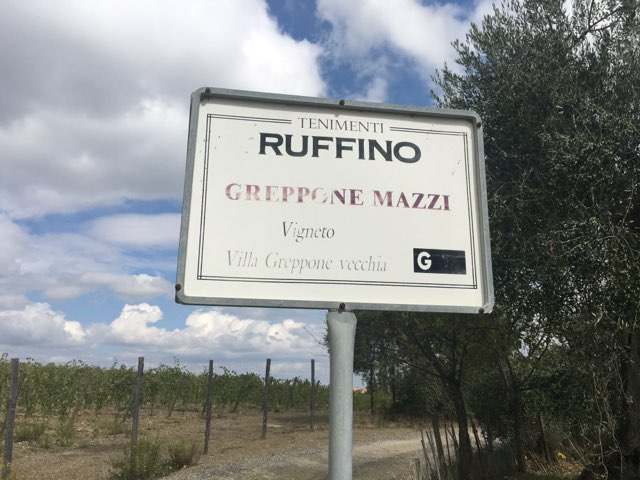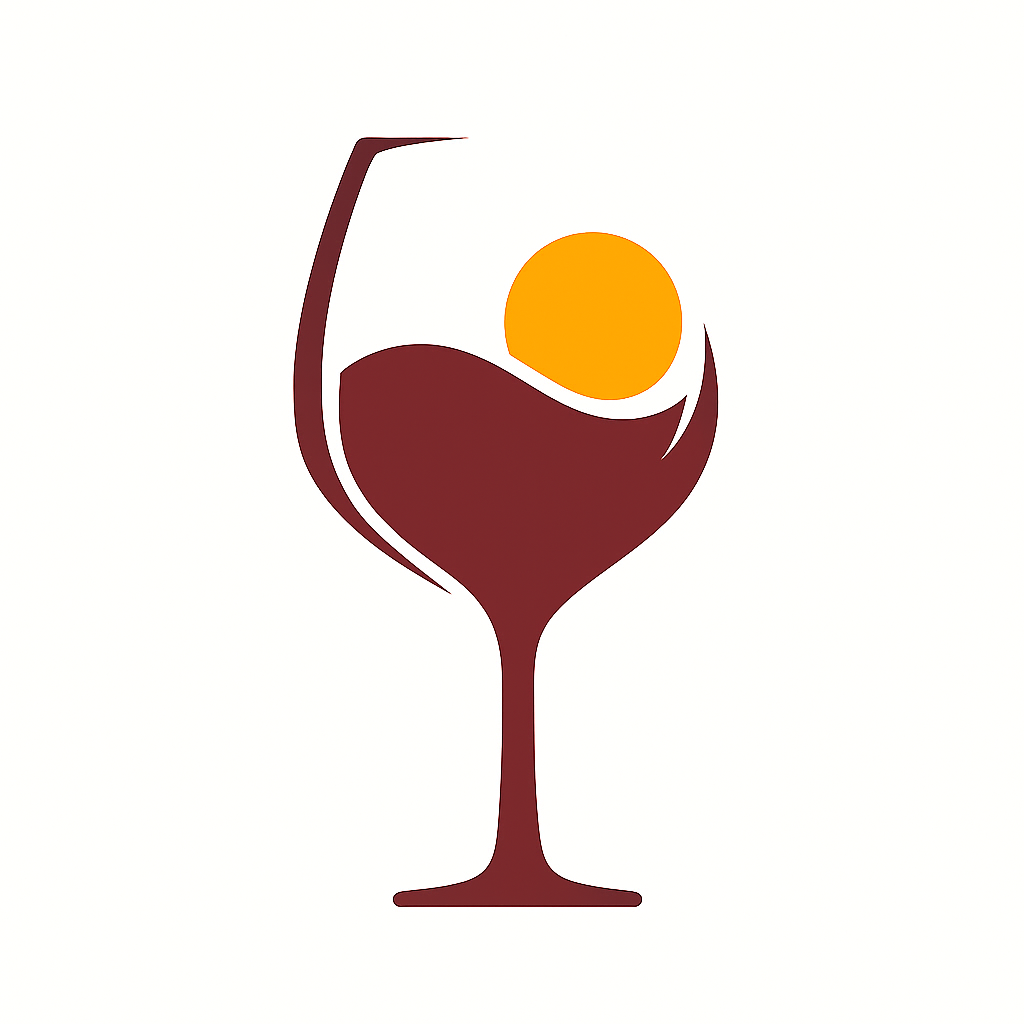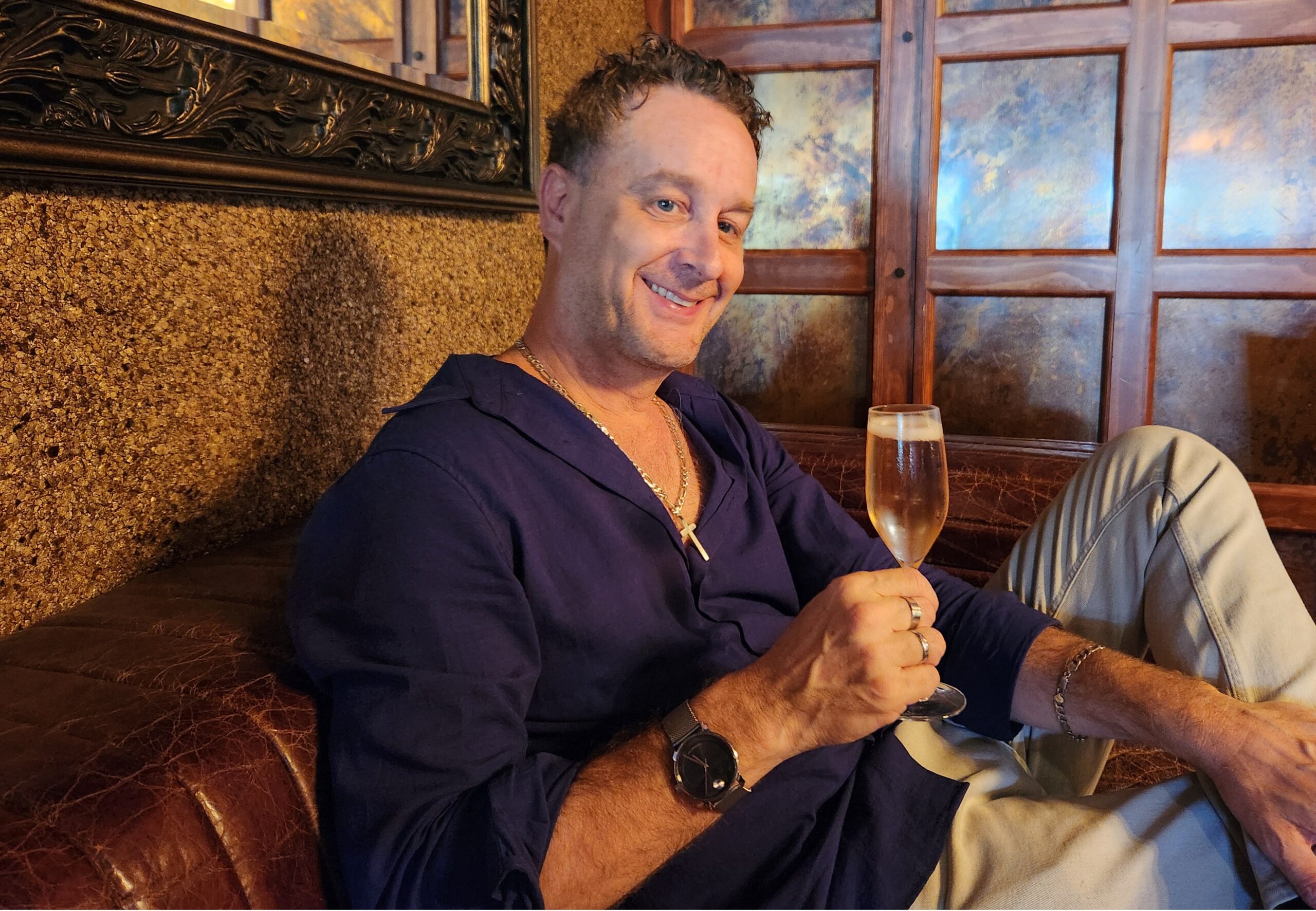“It was the Wild West when I started”
After two decades in Florida wine distribution, Mike DeSalvia has seen just about every side of the business, from pitching bottles out of grocery store back rooms to shaping buying decisions across the region. I sat down to talk about what’s changed, what hasn’t, and what he still believes in.
Getting In
Mike didn’t enter the wine world with romantic visions of Burgundy. He started, as many do, by burning out elsewhere.
“I was an unhappy banker,” he says. “Cubicle life was not for me. I couldn’t stand it.”
A friend in the wine industry opened a door, and Mike took it. He started on the floor at an Italian restaurant, then landed an entry-level role with Southern Glazer’s as a merchandiser for grocery stores.
“You can’t get any further down the ladder,” he says. “But that’s the perfect way to start.”
Over the next 20 years, Mike steadily climbed the ranks, first as a sales consultant, then as a business development manager overseeing national portfolios and mentoring teams. Along the way, he earned certifications from the Court of Master Sommeliers, WSET Level 3, and the Italian, French, and Spanish Wine Scholar programs.
Then and Now
“When I started in the mid-2000s, it was the Wild West. You had to pitch everything. Free goods were allowed, and buyers were completely in the dark. No online systems, no pricing portals, no product databases. It was just you, your bag, and whatever case you could make.”
Another shift came around 2015, when legal teams began rolling out compliance meetings and tightening the rules.
Today, he says, buyers are more informed, but that doesn’t always mean better equipped.
On What Makes a Great Buyer
“The best wine buyers leave subjectivity out of it”
His framework is simple: know your geography, know your demographics, and stock for your customers—not your ego.
“Even if you don’t love natural wine, if you’re downtown, you may have to consider a portion of your inventory leaning that way.”
The St. Pete Scene
Mike’s watched St. Pete evolve quickly, and unevenly. What’s hot downtown doesn’t always land in north Pinellas.
“Down here it’s on fire. People want natural, low-intervention, small producers. You go seven miles west, and it’s a totally different world—more traditional, branded, and price-driven.”
When asked who’s doing thoughtful work locally, he points to CellarMasters.
“I would’ve been skeptical of their concept if I hadn’t seen it myself. But they’re bringing in the right crowd with something a little outside the usual.”
Underrated Regions to Know
Ask him about overlooked regions, and Mike doesn’t hesitate: Red Mountain in Washington, Taurasi in Campania, and Spain’s Jumilla.
“You can get a killer bottle of Monastrell from Jumilla for $15. Top-notch stuff. There’s so much value if you know where to look.”
On What’s Next
After leaving Southern Glazer’s in 2024, Mike had a retail dream shattered by a hurricane and a streak of bad timing. Now, a new project is taking shape in west St. Pete, and he’s cautiously optimistic.
“I’m building something I believe in,” he says, “but I’m not rushing it.”
How He Keeps the Spark

If there’s a thread that’s kept Mike grounded, it’s the Friday night blind tastings with his longtime mentor, Peter Celli.
“We’d each bring a wine and taste it blind—just us, guessing, learning, getting humbled by it. It’s one of the most satisfying ways to stay sharp and keep loving wine.”
Mike credits Pete with shaping not just his palate but his purpose.
“If I hadn’t met him, I might’ve lost the spark. But he reminded me why this work matters.”
Why It Still Matters
Even after two decades, and what he calls “the most vocationally challenging year of my life”, Mike’s relationship with wine hasn’t faded.
“I’m a true oenophile. I never got snobby. I never needed a hundred-dollar bottle to enjoy myself.”
Sometimes it’s the younger, fresher wines that keep him curious.
“A $12 bottle from Portugal? That’s the same experience for me.”
He traces that mindset back to his time in distribution, when winery trips offered a deeper connection to what he sold.

“The trip to Ruffino in Tuscany was huge for me. Seeing the vineyards, touching the dirt—it just hit different after that.”
Other visits stood out, too.
“We went to Charles Smith in Washington. He was a total a*****e,” Mike laughs. “But it stuck with me. He was this rock-and-roll guy making great wine. He broke the mold of what I thought a winemaker was supposed to be.”
Final Thoughts
“We could go on and on forever about it. It’s such an exciting industry, and I just can’t wait for the future.”
“I believe something great can still be built here. I believe in the culture. There’s something happening in St. Pete.”
And in St. Pete, there’s plenty more to come.

